When we’re choosing a opening repertoire, we often don’t have much time to study. Therefore, time-saving options are gaining more and more popularity, and this is where the London System fits in!
Today we are going to study from White’s point of view how to play the London System, a very popular opening at the club player level, and World Champion Magnus Carlsen is a staunch supporter of the London System. So let’s go!
What is the London system?
In summary, the London System is this formation of pieces:
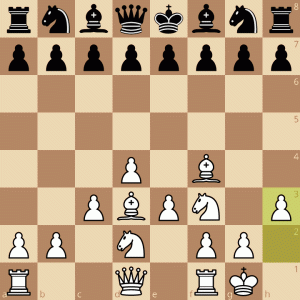
You will always play 1.d4,2.Nf3,3.Bf4,4.e3,5.Bd3,6.0-0,7.c3,8.Nbd2,9.h3 (in some order). It’s called a system because White will always move pieces to the same place, regardless of Black’s moves.
But to go deeper, let’s reason and understand why White plays each of these moves: 1.d4 (White puts a pawn in the center, and opens lines of development for the black-squared Bishop) 2.Nf3 (We develop a piece, attacking the center) 3.Bf4 (This is the typical London System move. Note how well White’s pieces coordinate with his pieces, all attacking the e5 square. It’s important to play the Bishop to f4 before playing e3, as the Bishop is very active.) 4.e3 (Opening a line of development for the white-squared Bishop):
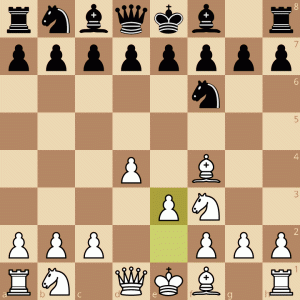
Now something important to remember: Depending on how Black develops, the Bishop can either go to d3 or to e2: 5.Bd3/e2 (The most active square for the bishop, who attacks the center.) 6.0-0 (Putting the king to safety) 7.c3 (Controlling the center, and white creates a structure in the center similar to a pyramid. For those of you who are learning now, it is very useful to use some trigger words to remember this first point.) 8.Nbd2 (Finishing wing development of the queen, and the knight supports his colleague on f3 and controls the square on e4), 9.h3 (Serves for when the Bishop on f4 is attacked, he has a rescue diagonal on h2).
Honestly, I could end the article here, but let’s go a little deeper.
London Idea #1: Which is the best square for the white-squared Bishop: e2 or d3?
To answer this question, we need to think about how Black is going to develop the black-squared Bishop. If Black plays …g6-…Bg7, the best square for the Bishop is e2. For the following reason: If the Bishop goes to d3, the following situation happens:
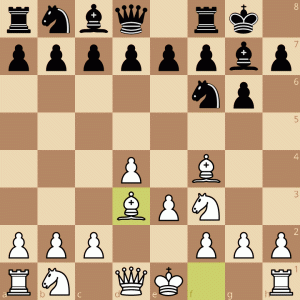
The Bishop on d3 is restricted by Black’s kingside pawns, and the following tactical move is very common:
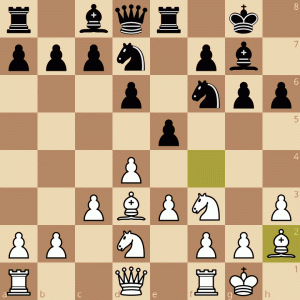
9…e4! Gaining material, exploiting the position of the Bishop on d3. It’s a topic we need to keep an eye on, keep it in mind!
If Black plays …d5-…e6, Black’s Bishop usually go to e7 or d6. Generally in this case, the best square for the Bishop on d3, for him to be pointing to the kingside:
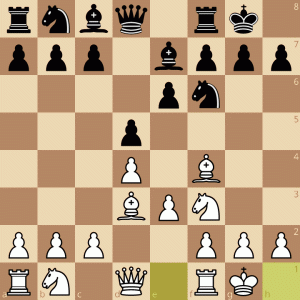
Note also, that Black can’t play with …d6 and …e5, the Bishop is safe.
London Idea #2: The square of e5 is the fate of the knight of f3
Most of the time, the Knight from f3 goes to e5. Remember that all of White’s pieces point to the e5 square? It makes sense to use this square as our support base, for example:
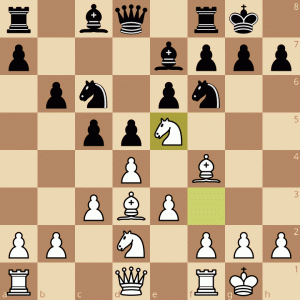
The knight is very well placed on e5, and if black takes the knight, we will normally capture it with a pawn, to expel the knight from f6:

Black’s kingside is exposed with the pawn on e5, as he doesn’t let the black pieces through to help the king.
London idea #3: The kingside attack (positions with …-e6…d5)
Along with the previous idea, normally we will put the knight on e5 and try to play with f4, strengthening the knight on e5 and being able to pass the rook via f3 and h3, as in this example:
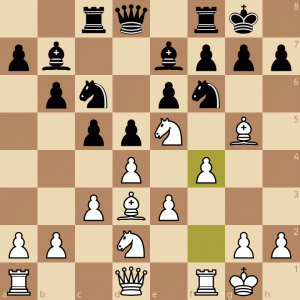
This is a typical idea worth remembering in these positions with …d5-…e6.
London idea #4: The queenside attack
In positions where Black doesn’t play with …d5, it’s very common for Black to fianchetto both bishops and when that happens, another idea comes up: Advancing on the queenside, playing a4-a5 and even b4-b5 to put a little headache in Black’s position:
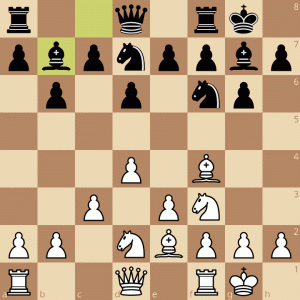
9.a4 (To play a5 and even in some cases play with a6) 9…a6 10.b4 Increasing tension on the queenside.
Very good! We’ve seen a lot of typical ideas in the London System, now for my specific recommendations. I’ll split it into two parts: Black playing with …g6-…Bg7 and playing with …d5-…e6-…Be7(d6).
Black playing with …d5-…e6-…Be7/…Bd6
Black playing with …g6-…Bg7
Conclusion
Finally, we can close with model players (strong players who play the London System with good results) for the London System: Magnus Carlsen, Gata Kamsky, and Boris Grachev are my recommendations. Now that you have a weapon to play as white, how about taking a look at how to tackle the 1.e4 move in this article? I hope you enjoyed it and see you in the next article!